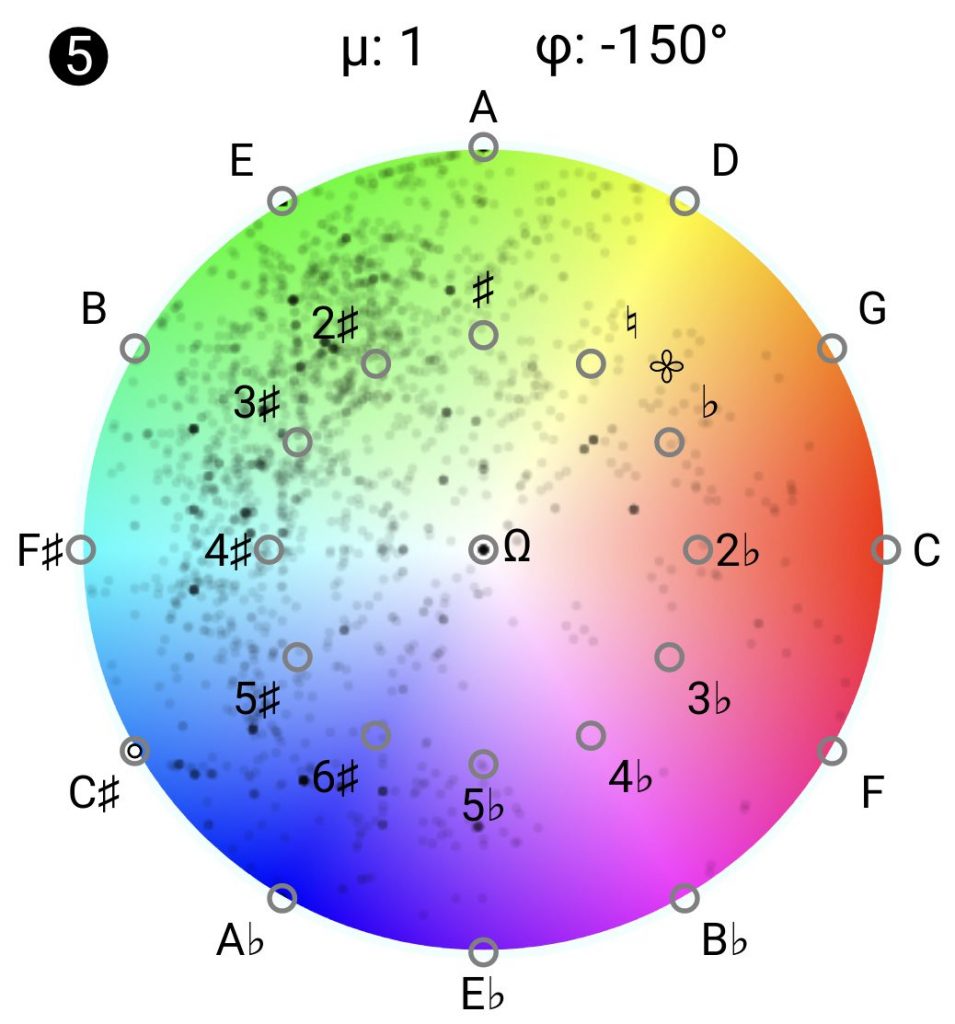
Music analysis traditionally requires a high degree of expertise, for example to read scores in order to derive insights about latent tonal structures. In recent years, it has been discovered that the Discrete Fourier Transform (DFT) can be used to automate significant parts of this task, and thus ease, for instance, the comparison of the tonal organization of different pieces of music. It may also reveal interesting sections in a piece that eluded a theorist’s inspection. This technique has consequently opened up new avenues for both theoretical and historical music research. However, applying the DFT to pieces of music requires mathematical and computational skills, which often hinders historians and music enthusiasts from using it. Harnessing the power of such complex methods thus remains restricted to only a small group of researchers.
This project aims at developing an open-source online tool for interactive music visualization in order to bridge the gap between mathematical music theorists and the general public. It will engage a wider research community by providing an intuitive user interface. The interactive website enables scholars and students of Digital Humanities to employ this powerful method in their research and their teaching. Within the EPFL-UNIL research community and beyond, the tool is likely to be adopted for computational music research. It is moreover ideally suited to teach visualization techniques for complex cultural data in the respective Digital Humanities courses.
- Project website: https://dcmlab.github.io/MIDFT/
- Project lead: Fabian C. Moss & Daniel Harasim
- Developer: Giovanni Affatato
- Funding: UNIL-EPFL dhCenter project grant